POPULATION
2.250.789
CURRENCY
Azerbaijani Manat
TIMEZONE
GMT +4:00
LANGUAGE
AZERBAIJANI
WEATHER
JULY 27ºC /
JANUARY 6ºC
AIRPORTS
Heydar Aliyev Airport
HISTORICAL IMPORTANCE OF BAKU
Baku, the capital of Azerbaijan, holds profound historical significance due to its strategic location, vibrant cultural heritage, and pivotal role in the global oil industry. Situated on the Caspian Sea, Baku has been a crucial hub for trade and commerce since ancient times, connecting Eurasian civilizations through the Silk Road. Its history is intertwined with the development of the oil industry, which boomed in the late 19th century, propelling Baku to become one of the world's leading oil producers. This transformation fueled rapid urbanization and architectural development, leaving a legacy of eclectic styles that blend Eastern and Western influences. Today, Baku stands as a testament to its rich past, with its ancient UNESCO-listed Old City (Icherisheher), elegant Soviet-era architecture, and modern skyscrapers symbolizing its resilience and evolution through the ages.

BLACK CITY
"Baku, the Black City," historically refers to a district within Baku that gained its name due to the extensive industrialization and oil refining activities that turned the city's architecture and infrastructure blackened with soot and oil residue. The term "Black City" originally referred to the industrial areas on the outskirts of Baku where oil refineries and factories operated during the late 19th and early 20th centuries. These facilities were among the first in the world to refine oil on an industrial scale, contributing significantly to the global oil supply. The rapid industrialization transformed Baku into a major economic center and attracted workers from various parts of the Russian Empire and beyond. While the term "Black City" has historical roots in the industrial era, today, it also symbolizes Baku's resilience and transformation from an industrial hub to a modern, cosmopolitan capital with a rich cultural and architectural heritage.
THE BEST TIME TO VISIT BAKU
The best time to visit Baku is typically during the spring months of April to June and the autumn months of September to November. During these seasons, the weather is mild and pleasant, ideal for exploring the city's historic landmarks like the Old City (Icherisheher), the Flame Towers, and the Heydar Aliyev Center. Spring brings blooming flowers and greenery, enhancing the city's beauty, while autumn offers clear skies and comfortable temperatures for sightseeing and outdoor activities. Summer in Baku can be hot, with temperatures often exceeding 30°C (86°F), but it's still a vibrant time with festivals and events. Winter, from December to February, is cold, but if you enjoy winter scenery and fewer tourists, it can be a quieter time to experience Baku's charm.
TRANSPORTATION TO BAKU
Baku, the capital of Azerbaijan, is well-connected internationally and domestically by air, rail, and road. Heydar Aliyev International Airport serves as the primary gateway, offering flights to major cities across Europe, Asia, and the Middle East. Several airlines operate direct flights to Baku from major hubs like Istanbul, Moscow, Dubai, and Frankfurt. For those traveling by train, Baku is accessible via rail links from neighboring countries such as Georgia, Russia, and Iran, with the Baku-Tbilisi-Kars railway providing a direct connection to Turkey. Within the city, transportation options include metro, buses, taxis, and ride-sharing services, making it convenient to navigate between attractions and neighborhoods.
CITY OF WINDS
Baku is often referred to as the "City of Winds" due to its notably breezy climate. Situated on the shores of the Caspian Sea, Baku experiences strong gusts of wind, especially during the winter months. These winds, known as the "Khazri" and "Gilavar," are a distinctive feature of the city's weather patterns. Beyond its meteorological significance, the epithet also reflects Baku's historical association with the elements, shaping local culture and even inspiring architectural designs that harness wind for natural ventilation and cooling.
THINGS TO DO AND PLACES TO VISIT
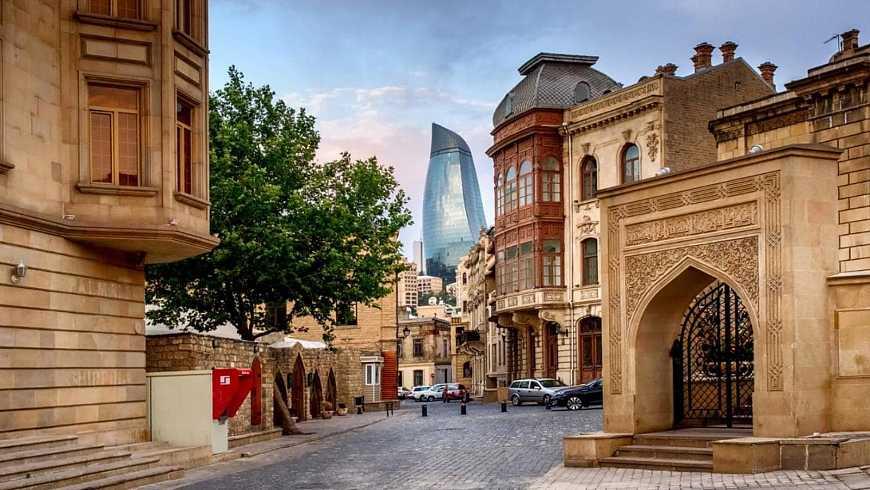
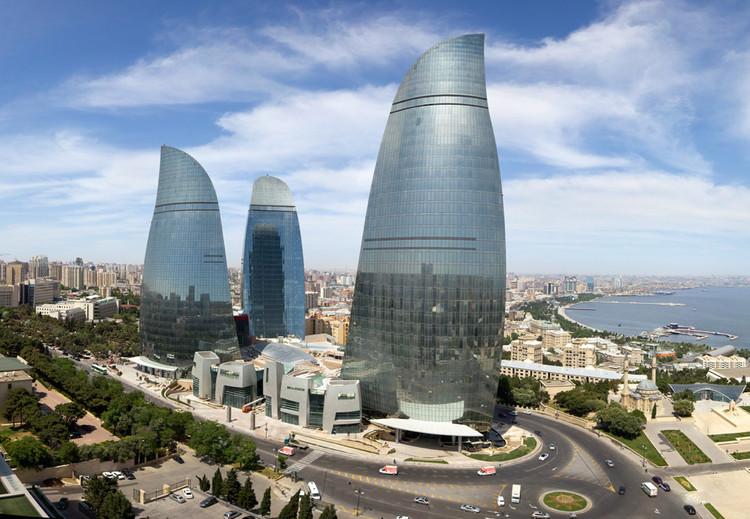
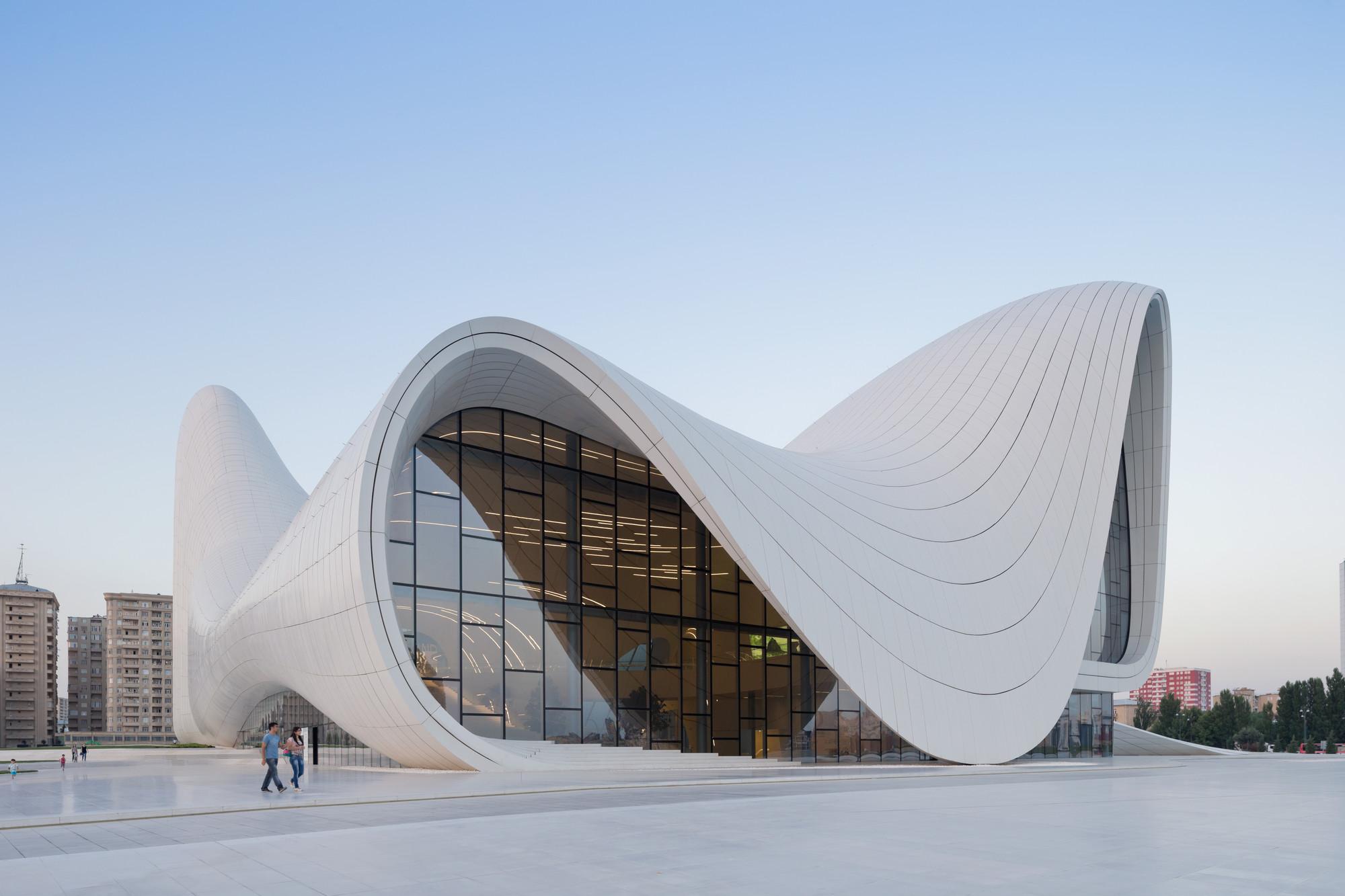
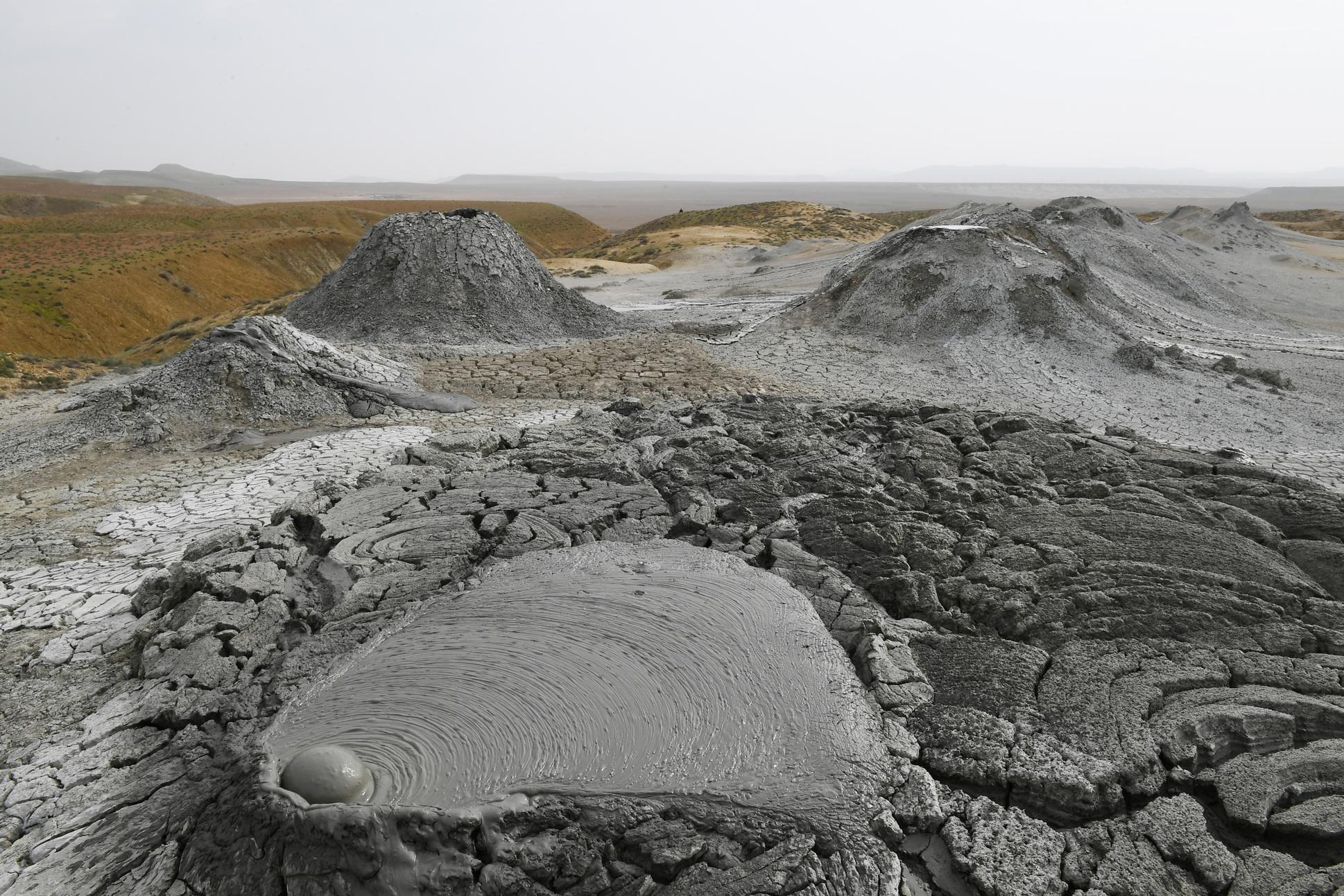
WHAT TO EAT IN BAKU

PLOV
Plov, a cornerstone of Azerbaijani cuisine, is a fragrant and hearty dish made with aromatic rice, tender pieces of meat (often lamb), and a blend of spices such as cumin, coriander, and saffron. The dish is typically cooked by first browning the meat and onions, then simmering them together with rice until the flavors meld into a rich, savory blend. Variations abound across Azerbaijan, with regional differences in ingredients like dried fruits, nuts, or vegetables added to enhance the dish's complexity. Plov is enjoyed on special occasions and gatherings, served with yogurt, fresh herbs, and pickles, embodying the country's cultural tradition of hospitality and culinary craftsmanship.

DOLMA
Dolma is a cherished dish across many cuisines, including Azerbaijani cuisine, where it holds a significant place as a traditional delicacy. The word "dolma" originates from Turkish and means "to be stuffed." In Azerbaijani cuisine, dolma typically consists of grape leaves or other vegetables like bell peppers, tomatoes, or zucchini stuffed with a mixture of minced meat (often lamb or beef), rice, onions, herbs like mint and dill, and various spices such as black pepper and cinnamon. The stuffed vegetables are then simmered in a broth or cooked in the oven until tender. Dolma is known for its rich flavors and the balance between the savory meat filling and the tangy grape leaves or vegetables. It is often served as a main dish or appetizer, accompanied by yogurt, salads, or bread, and is a favorite during festive occasions and family gatherings in Azerbaijan.
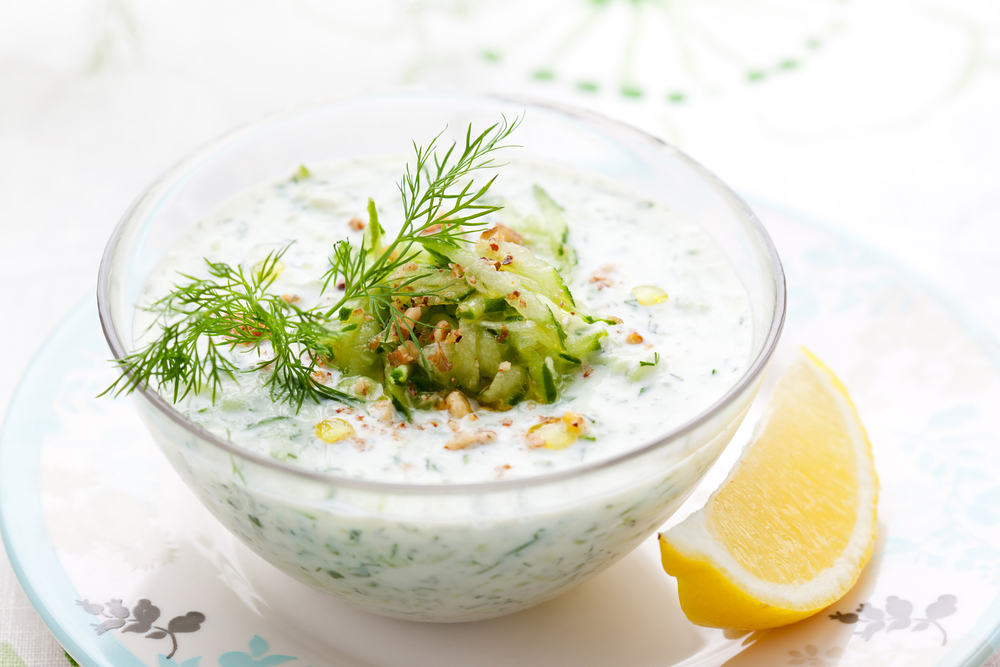
DOVGA
Dovga is a traditional Azerbaijani yogurt soup that showcases the country's culinary diversity. It is made from yogurt mixed with water or broth, thickened with rice and sometimes chickpeas, and seasoned with herbs like dill and mint. Often served warm or at room temperature, dovga can be enjoyed as a comforting dish on its own or as a side to complement main courses. The soup's tangy yogurt base provides a refreshing contrast to the richness of Azerbaijani cuisine, making it a popular choice during both everyday meals and festive occasions.
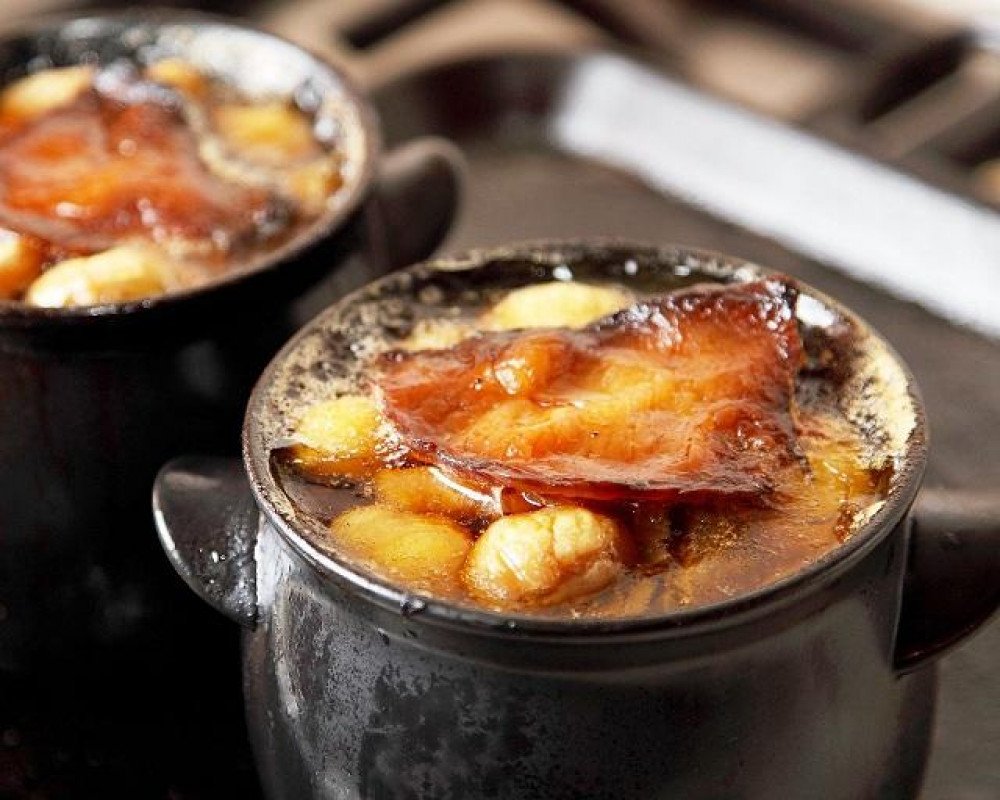
PITI
Piti is a hearty traditional Azerbaijani soup that reflects the country's rich culinary heritage. It is made with lamb (typically shank or ribs), chickpeas, potatoes, onions, and flavored with saffron and various aromatic herbs. The soup is traditionally cooked in individual clay pots, enhancing its flavor and presentation. Piti is known for its slow cooking process, which allows the flavors to meld together, creating a rich and satisfying broth. It is often served with a side of garlic-infused vinegar and enjoyed with bread, making it a cherished dish during cold weather and festive gatherings in Azerbaijan.
HOW MANY DAYS SHOULD YOU SPEND IN BAKÜ?
The ideal duration to spend in Baku depends on your interests and the depth of exploration you seek. For a comprehensive visit, plan to spend around 3 to 4 days in Baku. This allows you to explore the historic Old City (Icherisheher), with its narrow streets, ancient mosques, and the iconic Maiden Tower. Take time to visit modern landmarks like the Flame Towers and the Heydar Aliyev Center, which showcase contemporary Azerbaijani architecture. Delve into Baku's cultural scene by visiting museums such as the Azerbaijan National Museum of History or the Museum of Modern Art. Additionally, allocate a day for experiencing local cuisine, visiting tea houses, and exploring nearby attractions like the Ateshgah Fire Temple and the Mud Volcanoes. This duration strikes a balance between seeing the main highlights and immersing yourself in the city's cultural and culinary offerings.
